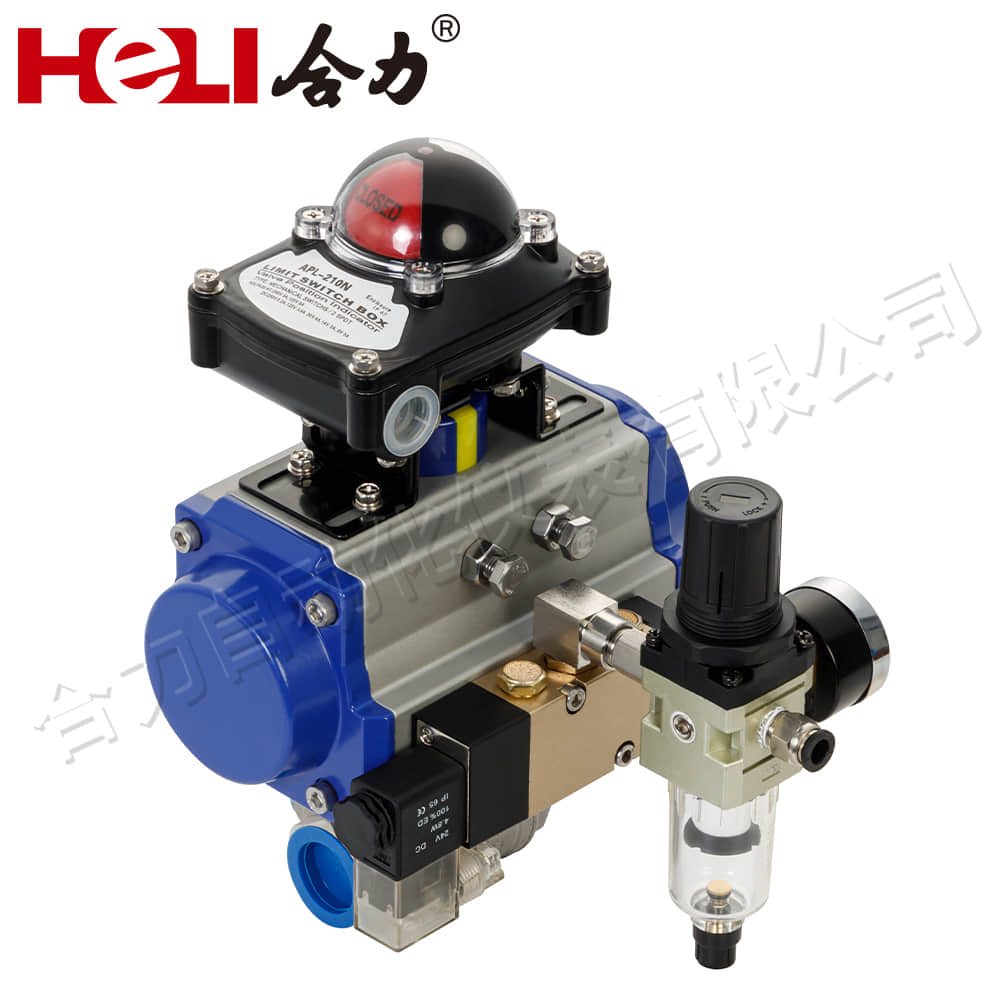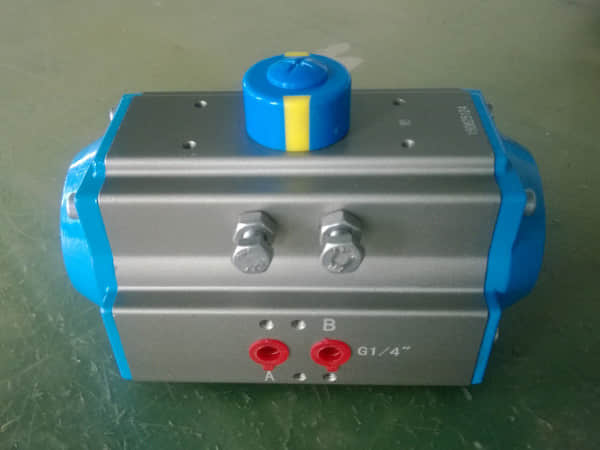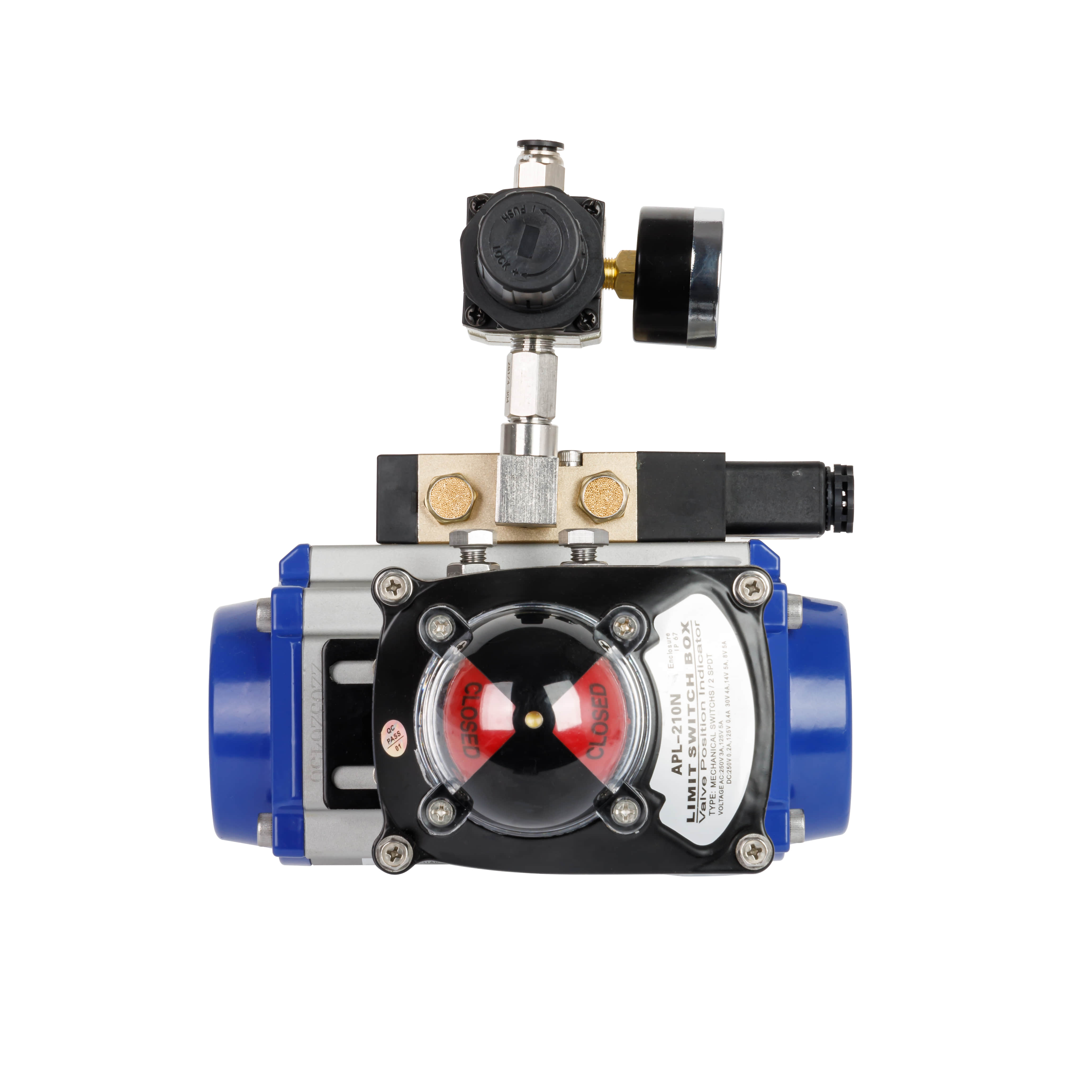understanding pneumatic actuators: principles, types, and applications
Release time:2025-01-28 03:57:10
Pneumatic actuators are devices that convert compressed air energy into mechanical motion, allowing for precise control in various applications. These actuators are widely used in industrial settings, automation systems, and other fields due to their efficiency, speed, and reliability. In this article, we will explore the principles behind pneumatic actuators, the different types available, and their various applications across industries.

Principles of Pneumatic Actuators

The fundamental principle of pneumatic actuators lies in the use of compressed air to create motion. When air is compressed, it can be stored in a tank or cylinder and released at controlled rates. Pneumatic actuators typically consist of a cylinder, a piston, and various valves to regulate the flow of air. When compressed air enters the cylinder, it pushes the piston, which in turn generates linear or rotary motion, depending on the actuator’s design.




